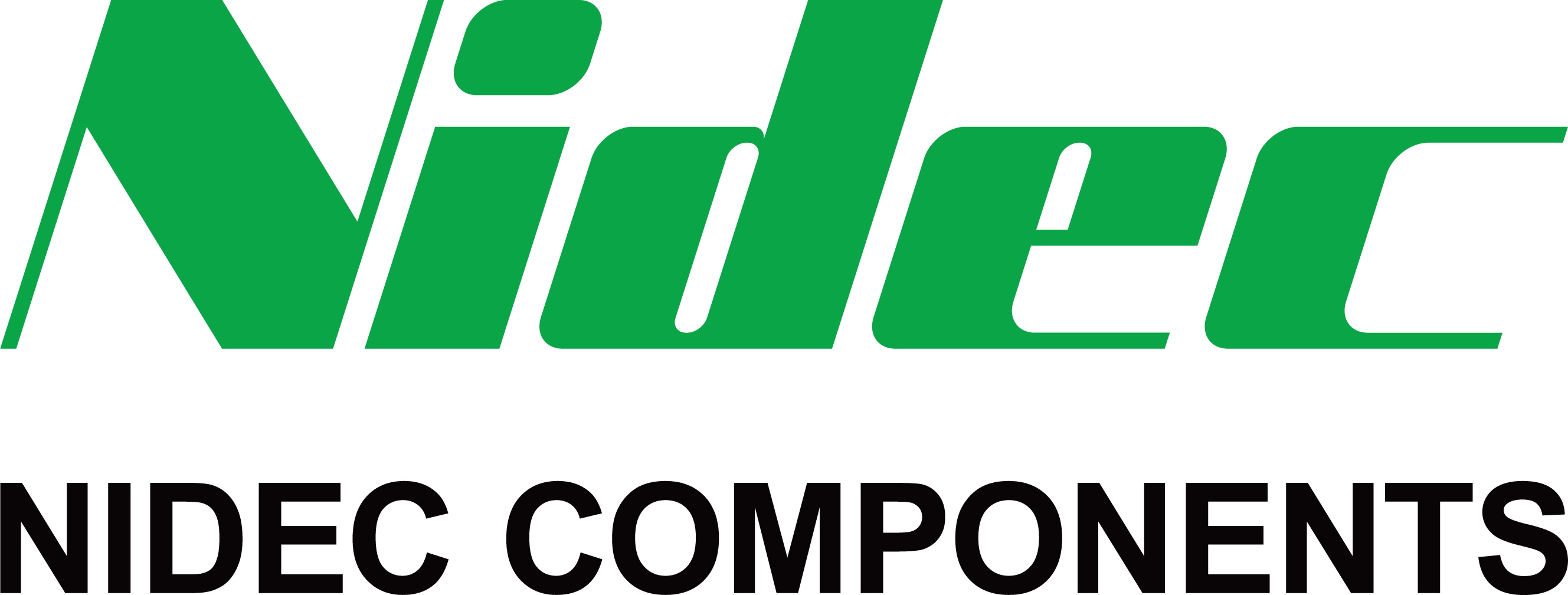
Nidec Components
Nidec Copal Electronics is a renowned company specializing in the design and manufacturing of high-quality electronic components and precision motors. The company's product portfolio includes a wide range of products such as optical sensors, encoders, potentiometers, switches, and various other precision electronic components used in industries such as automotive, industrial automation, healthcare, and consumer electronics. Nidec Copal Electronics is recognized for its commitment to innovation, quality, and reliability, providing advanced solutions that meet the demanding requirements of modern technological applications. With a strong focus on research and development, the company continues to drive advancements in electronic component technology, delivering products known for their exceptional performance and durability. Nidec Copal Electronics' dedication to technological excellence has established it as a trusted partner and a leader in the electronic components industry.
Rotary Switches
Results:
3
Series
Number of Positions
Number of Poles per Deck
Index Stops
Termination Style
Actuator Type
Current Rating (Amps)
Angle of Throw
Contact Finish
Actuator Length
Mounting Type
Depth Behind Panel
Circuit per Deck
Contact Timing
Voltage Rating - AC
Features
Number of Decks
Voltage Rating - DC
Contact Material
Results remaining:3
Applied Filters:
Nidec Components
About Rotary Switches
Rotary switches are mechanical devices that are specifically engineered to manage multiple electrical circuits by utilizing the rotation of a shaft. Through manual or mechanical interaction with the switch, electrical contacts are engaged or disengaged, thus enabling the establishment or disconnection of a series of electrical connections.
The selection of rotary switches is based on various factors such as the number of positions, the number of decks, poles per deck, mounting type, contact circuit configuration, throw angle, actuator type, and current and voltage ratings. The number of positions indicates the different settings or options available within the switch, while the number of decks refers to the individual switching stages within the device. Poles per deck signifies the number of separate circuits that can be controlled by each stage.
Mounting type is an important consideration, as it determines how the switch is physically installed or mounted in a device or system. Contact circuit configuration relates to the arrangement and connection of the electrical circuits within the switch. The throw angle describes the range of motion of the switch's actuator during operation.
Actuator type refers to the mechanism used to initiate the switch's movement, which can be accomplished through various means such as a knob, lever, or key. Furthermore, current and voltage ratings are crucial specifications that ensure the switch can handle the necessary electrical loads safely and effectively.
Some rotary switches are equipped with adjustable stops or have the ability to rotate continuously, providing additional flexibility and functionality for specific applications.
In conclusion, rotary switches are essential for controlling multiple electrical circuits via shaft rotation. Their selection depends on factors such as the number of positions, decks, poles, mounting type, contact configuration, throw angle, actuator type, and current and voltage ratings. Additionally, some rotary switches offer features like adjustable stops or continuous rotation to meet diverse application requirements.


